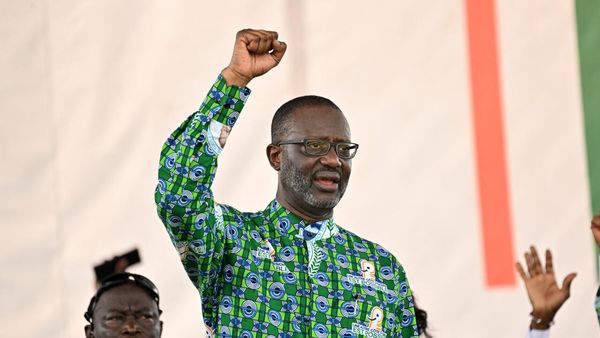
Rents are growing at the slowest rate in four years thanks in part to increased supply, but are still at record highs, Domain’s March quarterly report has revealed.
It comes as Anglicare Australia launches a heat map showing rental affordability in each electorate, with Kingsford Smith, Bradfield, Sydney and Warringah in New South Wales and Fadden in Queensland the five least-affordable electorates in the country.
Annual house rent increases have slowed to multi-year lows across many of the capital cities but all were still at record highs, with increases of:
7.7% in Darwin to $700 per week;
6.2% in Perth to $690 per week;
5.1% in Adelaide to $620 per week;
4.8% in Brisbane to $650 per week;
3.6% in Hobart to $570 per week;
3.35% in Sydney to $775 per week;
2.2% in Canberra to $700 per week; and
1.8% in Melbourne to $580 per week.
Rents across the combined capitals for houses hit $650 per week in March, up $20 a week from the same month last year, and the same for units, up $30 a week from $620 from the same month last year.
The national vacancy rate is sitting at 0.8%, far below the 3% needed for a balanced market but up slightly from the 0.7% recorded last year.
For the capitals, Adelaide, Hobart and Perth have a vacancy rate of just 0.4%, Darwin 0.6%, Brisbane 0.8%, Sydney 0.9% and Canberra 1.2%.
“Despite a softening of growth, the data suggests Australia is still very much a landlord’s market,” Domain’s research and economics chief, Nicola Powell, said. “Most cities experienced 5% or less annual change, a sharp drop from the double-digit gains seen in recent years.
“Increasing supply is slowing price growth and, while it’s still not enough to fully meet demand, we can see that it’s helping to rebalance some of the tightest rental markets.
“The affordability ceiling is also becoming increasingly apparent, with unit rents outpacing house rents in Sydney, Melbourne, Brisbane, Canberra and Hobart this quarter.”
Anglicare Australia’s executive director, Kasy Chambers, said Australia’s rental situation had become so dire that just 0.6% of rentals are affordable for a full-time worker on the minimum wage – and “for a person out of work, it’s 0%”.
“We keep hearing that this election is about living costs, but housing is the biggest cost facing Australians,” Chambers said.
“Voters are desperate for action. Instead, parties are promising more of the same.
“At best, there are plans that don’t match the scale of the crisis. At worst, there are schemes that could push prices up.”







